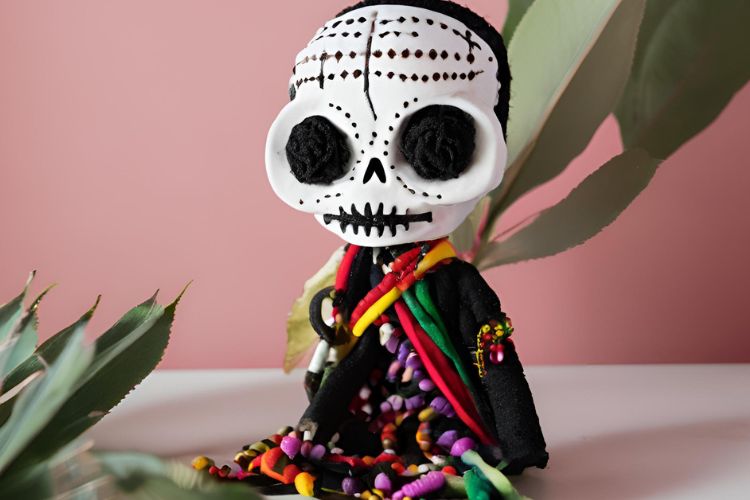Voodoo, also known as Vodou or Vodun, is a spiritual and cultural practice that originated in West Africa and was brought to the Caribbean and Americas through the transatlantic slave trade. Although often misunderstood and misrepresented in popular culture, Voodoo is a complex and diverse tradition that encompasses a wide range of beliefs, rituals, and practices. In this article, we will explore some of the key rituals and practices associated with Voodoo.
History and Origins of Voodoo
Voodoo has its roots in the traditional beliefs and practices of various West African cultures, including the Fon, Yoruba, and Kongo peoples. These practices were brought to the Americas by enslaved Africans, where they merged with elements of Christianity and indigenous spiritual traditions to form what is now known as Voodoo.
Voodoo rituals and practices are centered around the veneration of spirits, known as lwas or loas, who are believed to have the power to intervene in the lives of humans. These spirits are often associated with natural forces, such as the wind, water, and fire, as well as with specific aspects of human experience, such as love, fertility, and healing.
Key Rituals and Practices
One of the most well-known rituals in Voodoo is the ceremony known as a “houngan” or “mambo” (priest or priestess) in which practitioners seek to establish a connection with the spirits through song, dance, drumming, and offerings. These ceremonies can range from intimate gatherings in private homes to large public events held in temples or outdoor spaces.
Another important aspect of Voodoo practice is the use of altars and sacred objects to honor the spirits and attract their favor. These altars are typically adorned with candles, flowers, photos, and other items that are believed to be pleasing to the spirits. Offerings such as food, rum, and tobacco are also made to the spirits in exchange for their help and protection.
In addition to ceremonies and altars, Voodoo practitioners may also engage in divination practices to seek guidance from the spirits. This can involve methods such as throwing shells or bones, reading patterns in the sand, or consulting a divination board to interpret the messages of the spirits.
Controversies and Misconceptions
Voodoo has long been the subject of controversy and misinformation, with many people associating it with dark and malevolent practices such as curses and black magic. In reality, Voodoo is a diverse and complex tradition that encompasses a wide range of beliefs and practices, many of which are focused on healing, protection, and spiritual growth.
One of the most persistent misconceptions about Voodoo is the idea that it is synonymous with the practice of “zombification,” in which a person is believed to be turned into a mindless slave through the use of magic. While this idea has been popularized in movies and literature, it is not a true representation of Voodoo practice, which is centered on the worship of the spirits and the pursuit of spiritual enlightenment.
Conclusion
Voodoo rituals and practices are a rich and vibrant expression of the spiritual beliefs and cultural heritage of the African diaspora. By exploring the history, origins, and key practices of Voodoo, we can gain a deeper understanding of this enigmatic tradition and challenge the stereotypes and misconceptions that have long surrounded it. Ultimately, Voodoo is a complex and diverse tradition that continues to evolve and adapt to the changing needs and beliefs of its practitioners.

